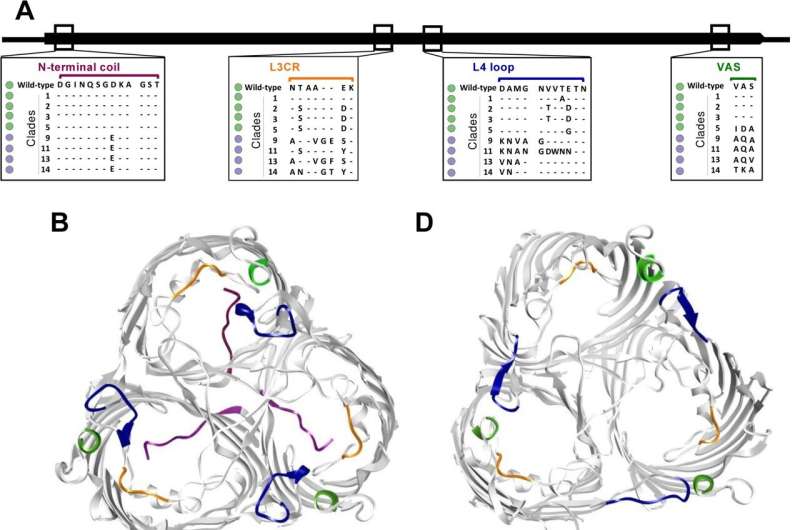Scientist uncovers roots of antibiotic resistance

Bacteria naturally adapt to various environmental stimuli and as they mutate, these changes can make them resistant to drugs that would kill or slow their growth.
In a recent article published in PLoS Genetics, UCF College of Medicine microbiologist Dr. Salvador Almagro-Moreno uncovers the evolutionary origins of antimicrobial resistance (AMR) in bacteria. His studies on the bacterium that causes cholera, Vibrio cholerae, provide insight into deciphering what conditions must occur for infectious agents to become resistant.
“How AMR occurs in bacterial populations and the pathways leading to these new traits are still poorly understood,” he said. “This poses a major public health threat as antimicrobial resistance is on the rise.”
Dr. Almagro-Moreno studied genetic variants of a protein found in bacterial membranes called OmpU. Using computational and molecular approaches, his team found that several OmpU mutations in the cholera bacteria led to resistance to numerous antimicrobial agents.
This resistance included antimicrobial peptides that act as defenses in the human gut. The researchers found that other OmpU variants did not provide these properties, making the protein an ideal system for deciphering the specific processes that occur to make some bacteria resistant to antimicrobials.
By comparing resistant and antibiotic sensitive variants, the researchers were able to identify specific parts of OmpU associated with the emergence of antibiotic resistance. They also discovered that the genetic material encoding these variants, along with associated traits, can be passed between bacterial cells, increasing the risk of spreading AMR in populations under antibiotic pressure.
By understanding how mutations occur, researchers can better understand and develop therapeutics to combat resistant infections. Dr. Almagro-Moreno is also looking at environmental factors such as pollution and warming of the oceans, as possible causes of resistant bacteria. “We are studying the genetic diversity of environmental populations, including coastal Florida isolates, to develop a new approach to understanding how antimicrobial resistance evolves,” he explained.
Understanding the bacteria that causes cholera, an acute diarrheal illness linked to infected water and foods, has global implications. The disease sickens up to 4 million people worldwide and severe cases can cause death within hours.
More information:
Trudy-Ann Grant et al, Allelic diversity uncovers protein domains contributing to the emergence of antimicrobial resistance, PLOS Genetics (2023). DOI: 10.1371/journal.pgen.1010490
Citation:
Scientist uncovers roots of antibiotic resistance (2023, May 5)
retrieved 5 May 2023
from https://phys.org/news/2023-05-scientist-uncovers-roots-antibiotic-resistance.html
This document is subject to copyright. Apart from any fair dealing for the purpose of private study or research, no
part may be reproduced without the written permission. The content is provided for information purposes only.
For all the latest Science News Click Here
For the latest news and updates, follow us on Google News.

